





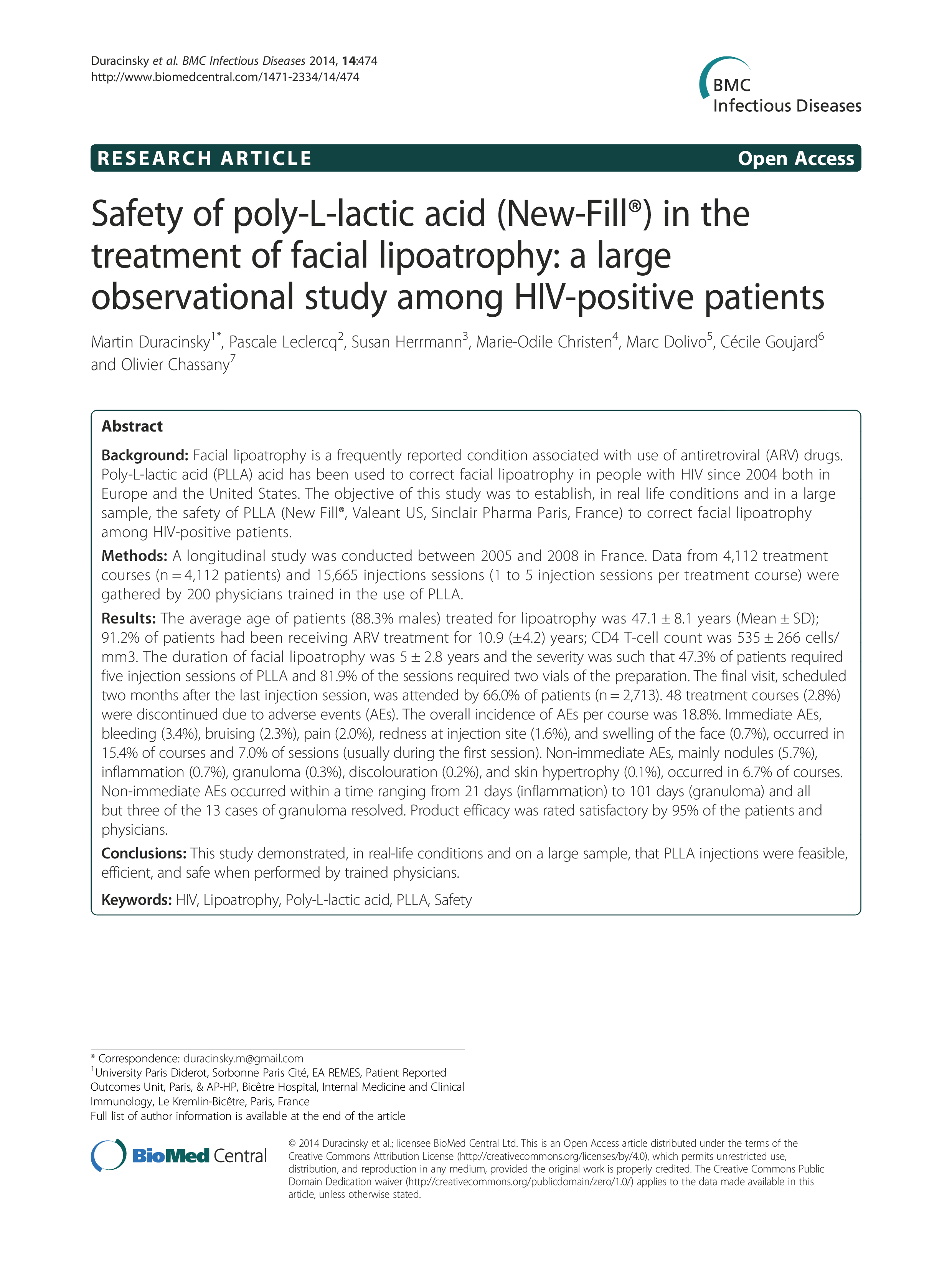


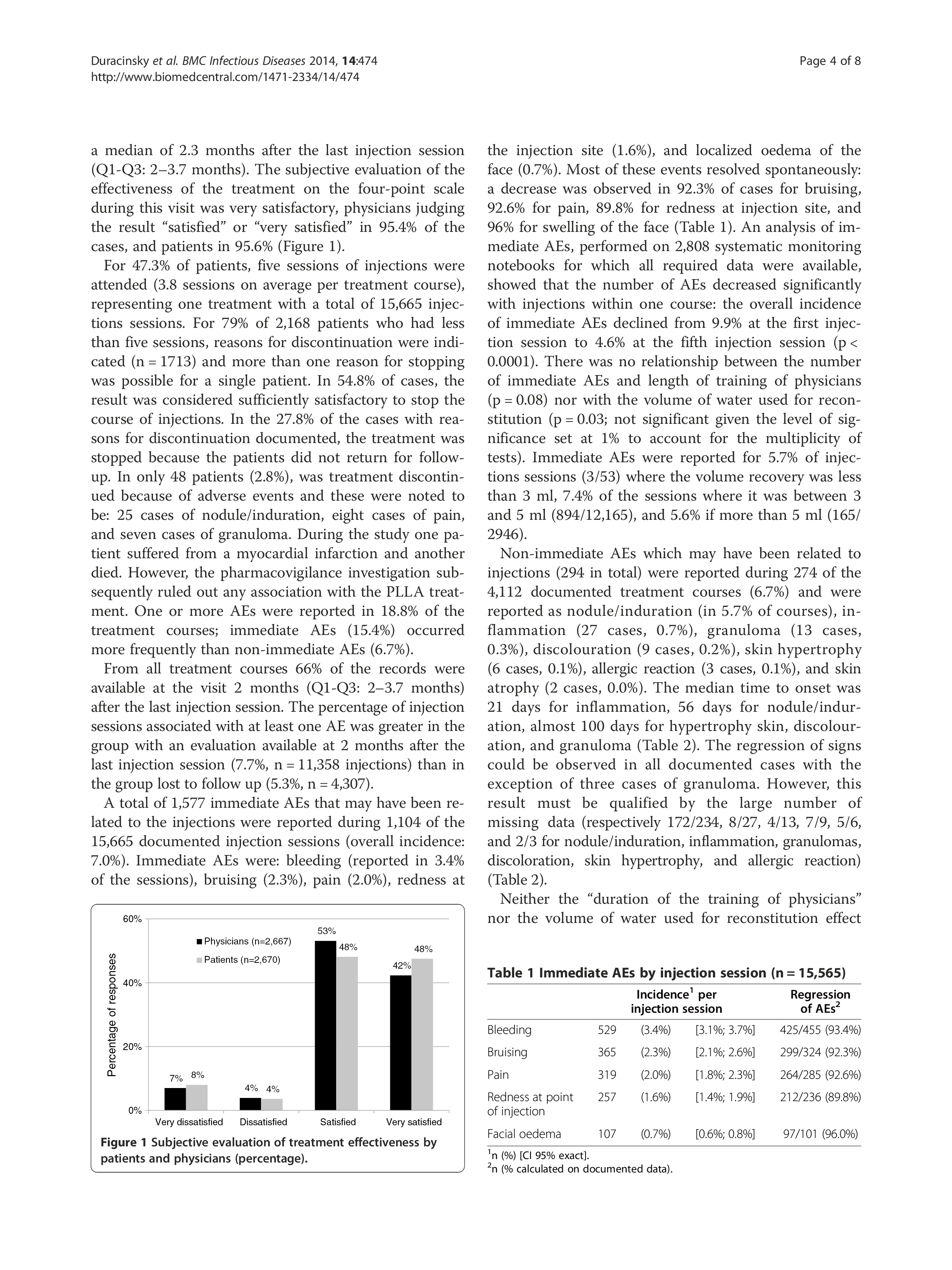

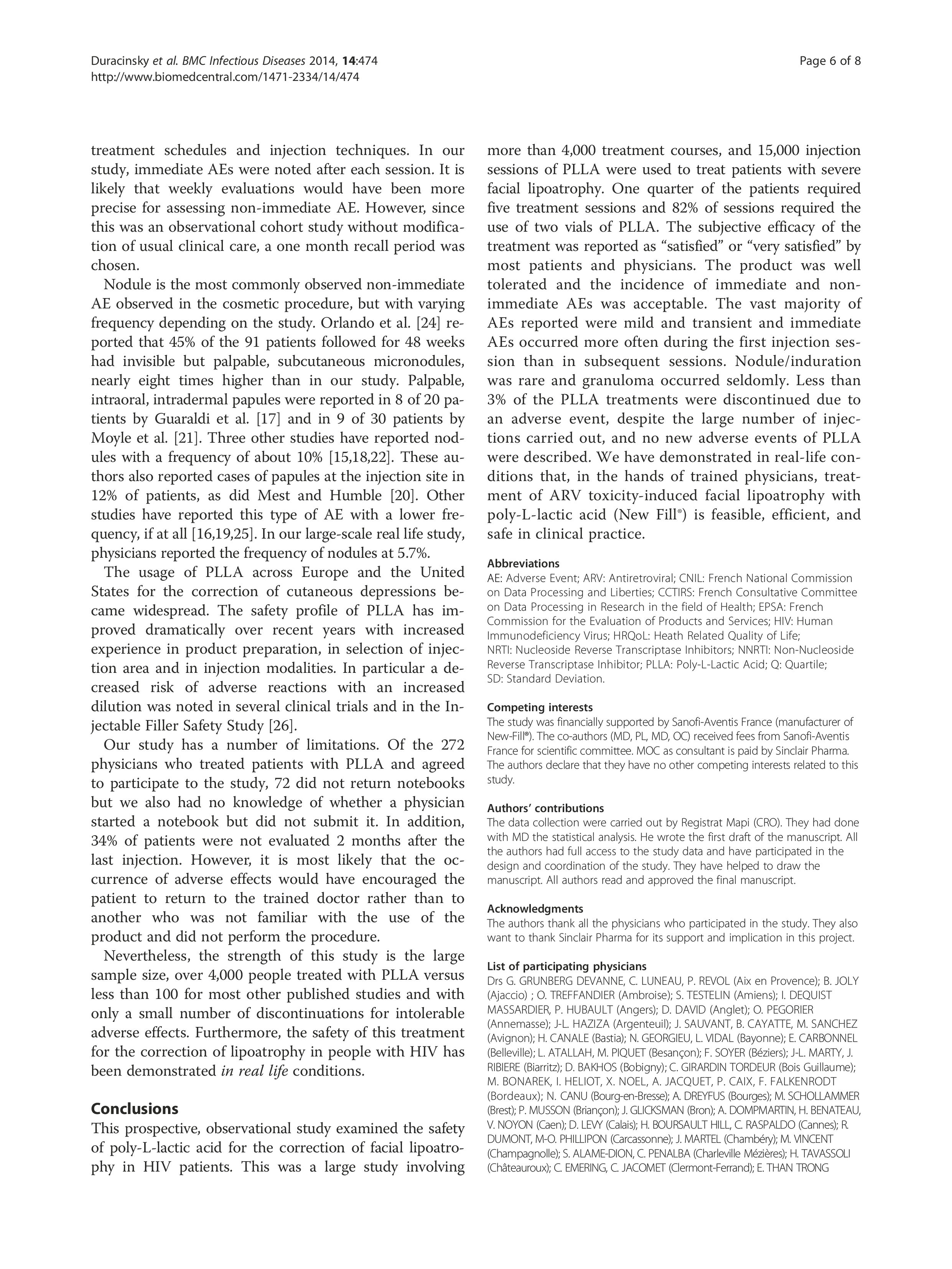

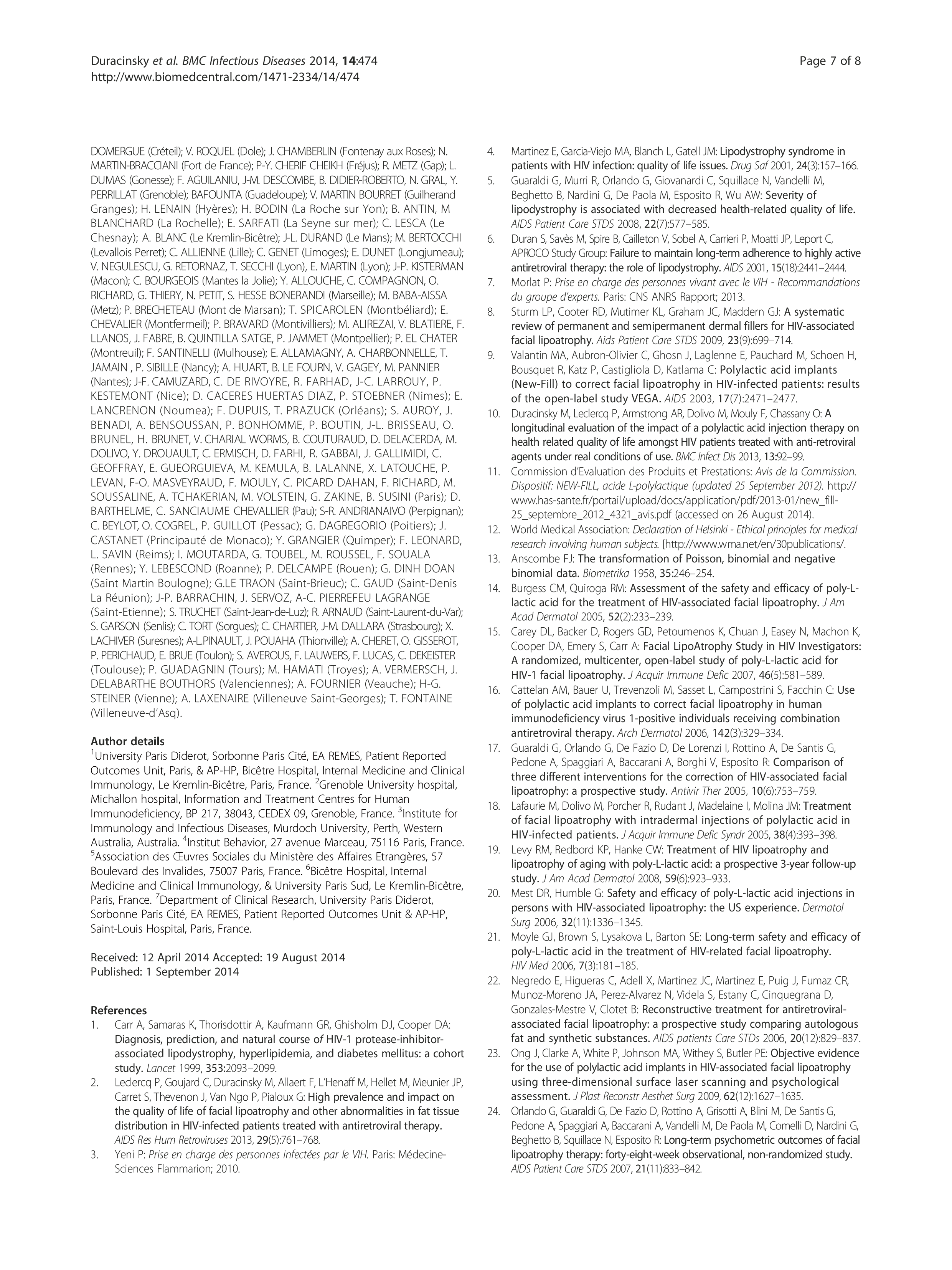
聚甲基丙烯酸甲酯(Artecoll)作为面部重建的辅助手段2聚甲基丙烯酸甲酯(Artecoll)作为面部重建的辅助手段2聚甲基丙烯酸甲酯(Artecoll)作为面部重建的辅助手段2聚甲基丙烯酸甲酯(Artecoll)作为面部重建的辅助手段2聚甲基丙烯酸甲酯(Artecoll)作为面部重建的辅助手段2

At the 12-month follow-up, there was a statistically significant increase of skin elasticity and hydration in PLLA-treated subjects and a decrease in transepidermal water loss in both groups. Pigmentation, erythema, and pore size were significantly decre
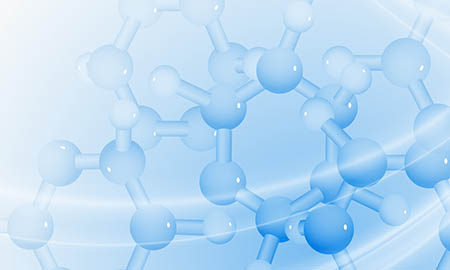
The approach to soft tissue augmentation has evolved dramatically in recent years. With a greater appreciation for changes in facial soft tissue contours that occur with age has come an expansion of the role for fillers in rejuvenation of the midface. Ove
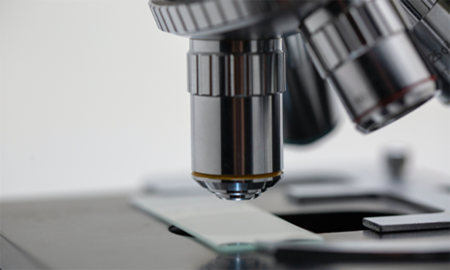
PLLA-induced augmentation is most likely based on capsule formation orchestrating macrophages, (myo-)fibroblasts, and collagen type I and III fibres. We observed considerably slower degradation of PLLA particles than described previously. Thus PLLA partic